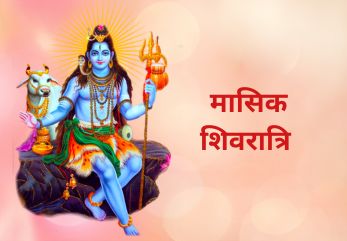Recent News
पापी मनुष्य सुखी क्यों रहते हैं? व्यास मुनि और कीड़े का संवाद (ऋषि मैत्रेय की कथा)
पापी मनुष्य सुखी क्यों रहते हैं? व्यास
FAQ's
Maa Kali
Maa Kali, also known as Goddess Kali, is a sanatani’s goddess who is worshipped as the destroyer of evil forces and the embodiment of time and death. She is often depicted with a fierce expression and black or dark blue skin, carrying a sword and a severed head.
In Ved Purans, Maa Kali is often associated with the destruction of the demon Raktabija and the victory of good over evil. She is also believed to be a compassionate mother figure, protecting her devotees from harm and guiding them towards spiritual liberation.
Maa Kali is widely worshipped in India, particularly in the eastern states of West Bengal and Assam, as well as in Nepal and Bangladesh. Her worship is often associated with Tantric practices, which seek to harness spiritual energies and achieve enlightenment.
Maa Lakshmi
Maa Luxmi, also spelled as Maa Lakshmi, is a Sanatan goddess of wealth, prosperity, and fortune. She is one of the most widely worshiped deities in Hinduism and is believed to bless her devotees with financial and material prosperity, good luck, and abundance.
In Sanatan Ved and Puran, Maa Luxmi is often depicted as a beautiful woman with four arms, seated on a lotus flower, holding lotus flowers in two of her hands and symbolizing purity, while the other two hands hold symbolic objects such as gold coins, a pot of abundance, and a book of knowledge. She is also associated with elephants, which are considered sacred animals in Sanatan Dharma, and they are often depicted alongside her.
Maa Luxmi is usually worshipped during Diwali, the festival of lights, as well as during other Sanatan festivals and ceremonies. Her worship involves offering flowers, fruits, and sweets to her, lighting oil lamps, and reciting her mantras and hymns. It is believed that by seeking her blessings, one can attain wealth, prosperity, and success in all aspects of life.
Shiv
Shiva is a major deity in Sanatan Dharma and is known as the destroyer or transformer of the universe. Shiva is also known as Mahadeva, which means “Great God”. He is one of the three main deities in Sanatan Dharma, along with Brahma and Vishnu.
Shiva is often depicted with a third eye, which represents his ability to see beyond the physical world and into the spiritual realm. He is also sometimes depicted with a trident, which is said to represent his power to destroy evil, ignorance and darkness.
Shiva is associated with a variety of attributes, including dance, meditation, and yoga. He is also known as the patron of the arts, especially music and dance.
He is often worshipped in temples and homes, and is believed to offer blessings and protection to his devotees.
Vishnu
God Vishnu is one of the principal deities in Sanatan Dharma, known as the preserver of the universe. He is often depicted with a blue complexion, holding a discus (Sudarshana Chakra) and a conch shell (Shankha) in his four arms.
According to Sanatan Ved and Puran, Vishnu is said to have taken various incarnations or avatars to protect the world from evil forces and restore order. The ten most famous incarnations are collectively known as the Dashavatara and include Lord Rama and Lord Krishna.
Vishnu is often associated with the concept of dharma (righteousness) and is considered a symbol of peace, harmony, and prosperity. He is also revered as the ultimate reality or Brahman, the supreme consciousness that pervades all existence.
Vishnu is worshiped by millions of people around the world and his devotees offer prayers, perform rituals and celebrate various festivals in his honor.
Bramha
Brahma is a deity in Sanatan dharma, who is considered the creator of the universe. He is often depicted as a four-faced god with four arms, each holding a symbolic object, such as a scepter, a spoon, a water-pot, and a rosary. Brahma is one of the Trimurti, along with Vishnu and Shiva, and is associated with the Rajas guna, one of the three qualities of nature according to sanatan philosophy.
Brahma is not as widely worshipped as other deities in Sanatan dharma, and there are relatively few temples dedicated to him. However, he is still an important figure in Sanatan Ved and Puran and philosophy, representing the power of creation and the beginning of all things. According to sanatan beliefs, Brahma created the universe through his thoughts, and his consort, Saraswati, is the goddess of knowledge, arts, and learning.





















